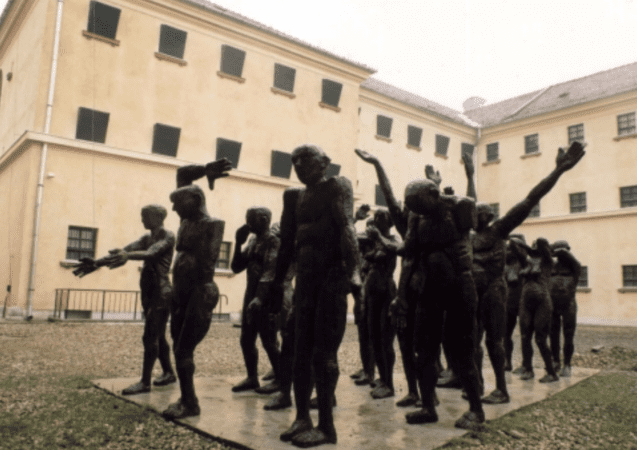Memorial to Victims of Communism and Resistance, Sighetu Marmației
Maximum number of guests
Acomodation type
Accommodation description
Memorial of Pain
Visiting hours: daily from 9.30 am to 4.30 pm, except Mondays, when it is closed
Tel. 0262 316 848 , WEBSITE: https: //www.memorialsighet.ro/
Located next to the City Hall building, the former prison is one of the few international projects dedicated to the analysis of the communist past in Eastern European countries.
Memorial to Victims of Communism and Resistance is realized and managed by the Civic Academy Foundation, and its founders are Ana Blandiana and Romulus Rusan.
It is also called the Memorial of Pain
It consists of:
- museum located in the former political prison in Sighetu Marmației and
- International Center for Communist Studies based in Bucharest.
The memorial aims to reconstruct and preserve the memory of the resistance in Romania.
The prison was originally a common law prison, built in 1897, then from August 1948 became a place of detention for a group of students, pupils and peasants from Maramures. Then, over the years, hundreds of dignitaries from all over the country (former ministers, academics, economists, military, historians, journalists, politicians) were brought here, some of them sentenced to heavy sentences, others not even tried.
FCivic Academy Foundation
took over the former prison ruin in 1993 to turn it into a museum. The framework project was presented to the Council of Europe by Ana Blandiana. In order to realize the project, on the one hand, it was necessary to raise the funds needed to renovate the building and, on the other hand, to create a data bank necessary for the creation of the museum. Thanks to the material effort of the Civic Academy Foundation and the scientific work of the International Centre for Studies on Communism, both in Bucharest, the former prison became the first memorial in the world dedicated to the victims of communism.The operation to collect the names of the dead took ten years of work at the International Centre for the Study of Communism, and the figure is far from covering the true scale of the repression. Most names were established by Cicero Ionițoiu and by Mr. Eugen Sahanboth historians by vocation and former political prisoners.
The idea of aesthetically punctuating the more than 50 rooms of the Museum with works of art was born out of the need to add the scientific content of the themes to which the museum's rooms are dedicated, the suggestion of the suffering that the repression generated and the emotion in the face of the violence and absurdity of the evil produced.
Several works of fine art of particular value complete the Memorial's profile, giving it a special personality among history museums.
The former prison is today the setting for what happened during communism in Romania and other Central and Eastern European countries. In each of its cells, transformed into a museum room, there is a thematic or chronological detail of the political malformation that brought suffering and death - inside or outside prison walls - throughout the European 20th century.

